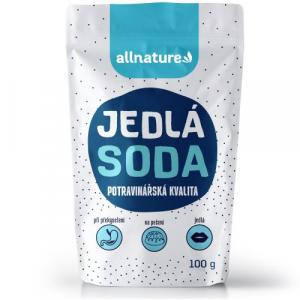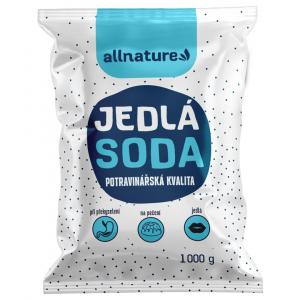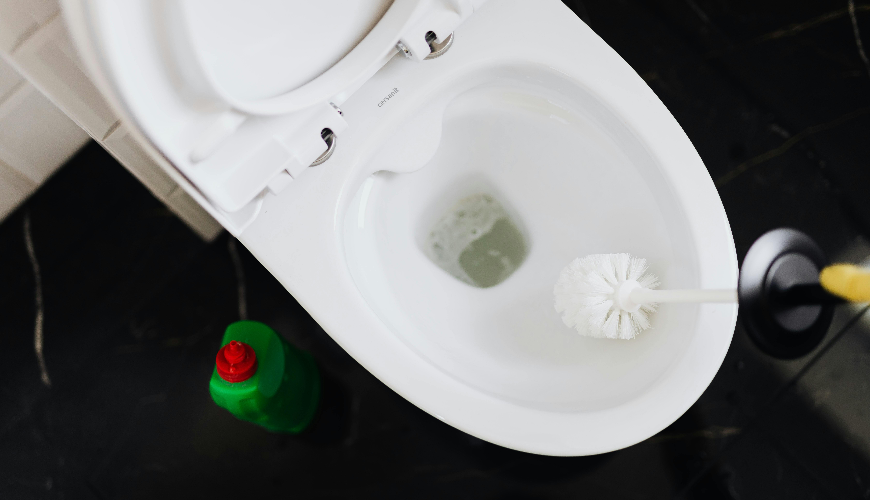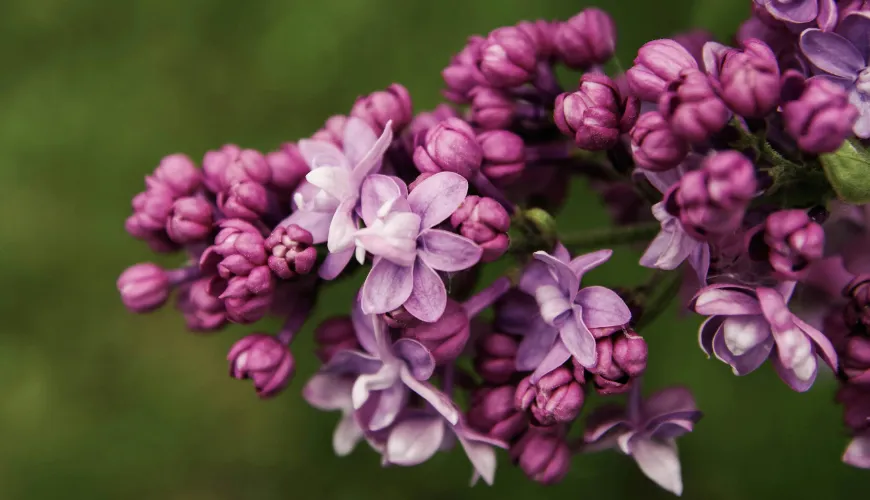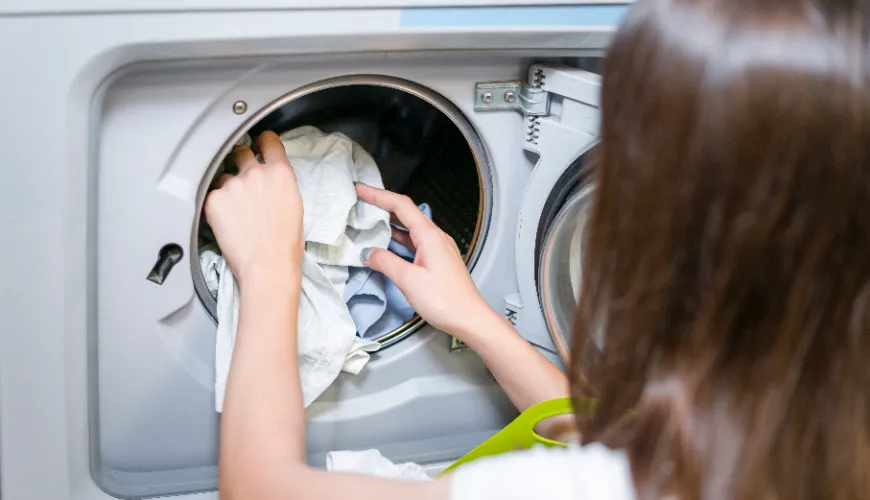
How to Clean Stains on a Sofa and Restore Its Former Beauty

How to Clean Stains on a Sofa - Effective Tips for a Clean and Cozy Home
Every household has its heart - a place where the whole family gathers, where we watch movies, read books, or just chat over a cup of tea. For many of us, this center is a comfortable and cozy sofa. However, due to frequent use, it is also one of the most soiled places in the home. Handprints, traces of pets, spilled coffee, or crumbs from children gradually leave stains on the upholstery, which over time form so-called "maps."
How to clean stains on a sofa effectively, gently on the material, and ecologically? There are many options - from homemade recipes to specialized cleaning agents and professional services. In this article, we will look at the best ways to tackle maps on the sofa without unnecessary chemicals and with regard to health and the environment.
Why do "maps" form on the sofa?
Maps or stains on upholstery most often occur after contact with liquids that were either not cleaned in time or left visible edges after drying. It is often water with dissolved dirt, sweat, grease from the skin, or sticky remains of drinks. One of the main problems is that if at least part of the dirt remains under the fiber surface, the stain will reappear - sometimes even more visible than before.
A common mistake in cleaning is the quick removal of only the visible spot without thoroughly washing and drying the entire area. This creates uneven discoloration, which is even more noticeable when dried than the original stain. And that's how the known "maps" are created.
What to consider before cleaning?
Before starting the actual cleaning, it's good to know the material from which the sofa is made. Fabric upholstery, microfiber, suede, leather, or eco-leather behave differently, and each requires a specific approach. For example, never use large amounts of water on natural leather - it could harden or crack.
Always start with a test on a less visible area to ensure that the chosen cleaning method does not disturb the color or structure of the fabric. If the sofa contains a label with maintenance type instructions, follow the manufacturer's recommendations - whether it's hand cleaning, professional cleaning, or a ban on using water.
Homemade ways to clean stains on a sofa
Not everyone has expensive cleaning agents at hand. The good news is that effective sofa cleaning can be accomplished using common ingredients we have at home. Moreover, they are gentle on the environment and the skin.
1. Baking soda and vinegar
Baking soda is a great helper for absorbing odors and gently cleaning surfaces. If the stain is fresh, sprinkle some soda on it, let it sit for 15–20 minutes, and then vacuum. For more stubborn stains, you can add vinegar (in a 1:1 ratio with water) and apply the resulting mixture to the stain using a spray bottle. Gently rub with a soft-bristled brush and then wipe with a damp cloth.
Try our natural products
2. Soapy water
For common dirt and maps, a mixture of lukewarm water with natural soaps - ideally olive soap or coconut oil-based soap - has proven effective. Soak a cloth, wring it out, and wipe the entire sofa area evenly. Then dry with a dry cloth and let it dry thoroughly.
3. Lemon juice and baking soda
A great trick for greasy stains. Mix juice from half a lemon with a tablespoon of baking soda to create a gentle paste. Apply it to the affected area, let it sit for a few minutes, and then remove it with a damp cloth. The lemon also pleasantly scents the fabric.
When homemade remedies aren't enough
Sometimes the stain is so stubborn or extensive that it's worth using agents specifically designed for upholstery. Ideally, they should be biodegradable, free of toxic substances and fragrances that can irritate sensitive skin or respiratory pathways.
There are eco-friendly cleaning agents on the market with certification that effectively remove dirt and bacteria without burdening the environment. Popular ones include products based on active enzymes or plant-based surfactants.
A practical example? A young family returned from vacation to find maps from spilled juice that had dried and started to smell. Conventional chemicals failed, but with the use of an eco-friendly enzyme-based cleaner and subsequent steam cleaning, the sofa was transformed - not only did the stains disappear, but the whole room gained a fresher scent.
Prevention is half the cleaning
The best way to avoid stains is to prevent them. Although it sounds simple, preventive care for upholstery significantly extends the life of the sofa and reduces the need for demanding cleaning.
- Regularly vacuum - ideally once a week, including crevices and armrests
- Limit eating and colorful drinks on the sofa
- Use throws or washable covers that can be easily removed and cleaned
- Invest in impregnation - eco-friendly products based on waxes or essential oils create a protective layer on the fabric that repels liquids
Besides this, it's good to maintain a constant humidity level in the interior, as too dry air can dry out the fabric and cause it to wear out faster.
When to call professionals?
There are situations where common methods are not enough - for instance, with older stains, large areas, or sofas made of sensitive materials like velvet, natural wool, or silk upholstery. In such cases, it is better to turn to professionals who have the right equipment and know the correct procedures.
Professional cleaning does not have to be expensive and often costs less than replacing the upholstery or buying a new sofa. Additionally, some companies specialize in ecological methods and use chemical-free steam cleaners.
As interior cleaning expert Jana Bílková says: "Stains are like memories - the sooner you deal with them, the fewer traces they leave." And this is doubly true for the sofa.
A beautifully clean sofa is not only a household's showcase but also an oasis of comfort after a long day. Whether you choose a homemade recipe or a professional approach, it is important to act promptly and gently. Because a clean home is not just a matter of aesthetics, but mainly of health and good energy - and that, as we know, starts right where we feel really good.

